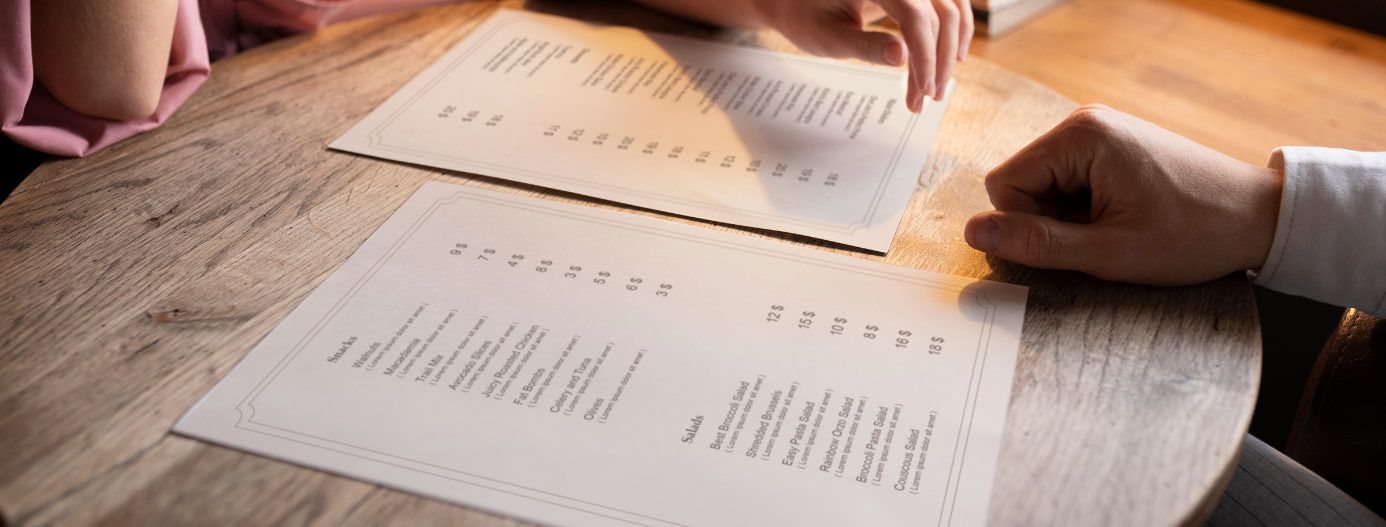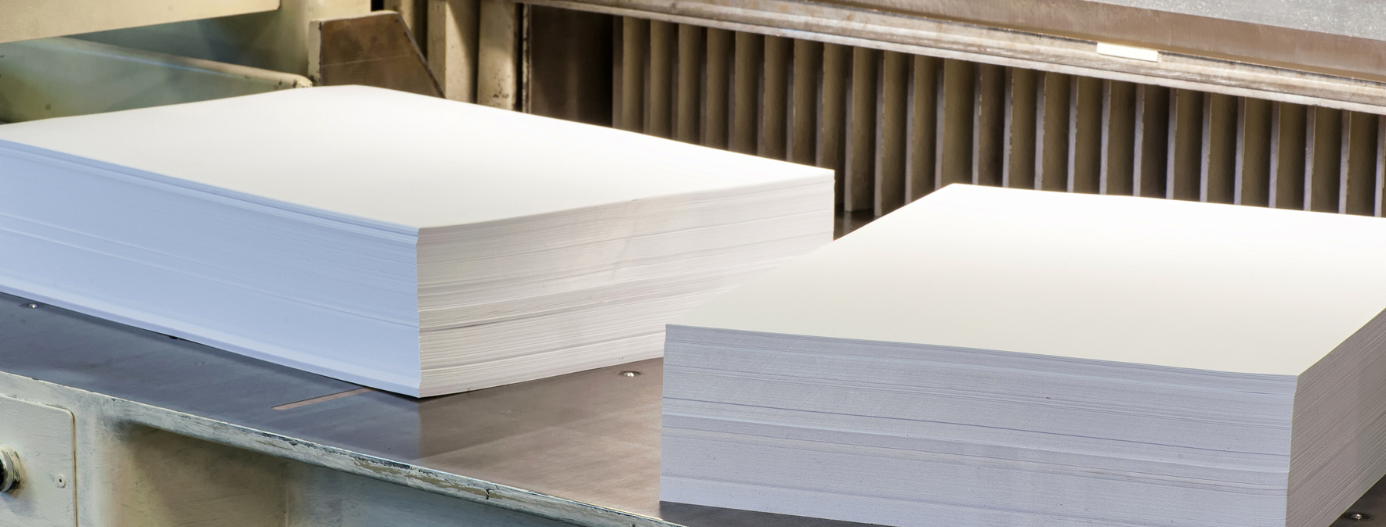The Best Use Of Paper Weights In 2021
It's highly likely that while you were trying to order some printing paper or thinking of getting business cards you came across the term GSM. Perhaps one of the days at work you needed something that is to be made of paper to be ordered in bulk, but you could not understand which thickness or weight you needed.
If you answered yes to either of those questions, then it's time to familiarize yourself with various paperweights and to make things easier. Here is a comprehensive guide to all kinds of paper weights.
As a first step to knowing paperweights, paper is weighed in two systems, lb or pounds and GSM.
The GSM paper weights
GSM is an abbreviation for Gram per Square Meter.
Basically, for this metric the weight of paper is calculated from a sample sheet of one square meter in size. It hardly matters what dimensions the paper will become later, but the basic weight of paper is always measured for one sheet the size of one square meter.
For this standard a paper weight of 55 gsm will be much lighter and thinner than a paper that is much thicker and durable at 400 gsm. When the 55 gsm paper is cut to letters or tablets size, it may not weigh 55 gsm, but it will still be considered as a 55 gsm paper since the number denotes a specific weight.
|
Kind of Paper |
Paper weight in GSM |
|
Thinnest paper like newspaper or tissue paper |
35 - 55 gsm |
|
Found in sketch pads and notebooks. |
75 - 90 gsm |
|
Most printer paper is of this weight |
90 - 100 gsm |
|
A promotional poster will be of this weight |
120 - 140 gsm |
|
This weight is used in watercolors or painting, high quality flyers |
210 - 300 gsm |
|
This is mostly card stock used for invitations or business cards |
350 - 450 gsm |
The US paper weight metric system
The US paper weight measurement method represents a weight of 500 sheets of paper in their uncut form. If a 17x22 size 500 sheet of paper weighs 20 pounds after it is cut to letter size, it's called 20 lb.
If that wasn't confusing enough, higher values do not really correspond to a paper that is heavier.
Further there is no set standard to compare different weights against a standard size of paper.
There can be two papers that share the same weight but may have very different observable characters. Because of these confusing rules the gsm measuring list along with US weight measurement is usually provided with most paper packaging.
|
Type of paper |
Paper weight In Pounds |
|
Bond paper |
16, 20, 24, 28, 32, and 36 pounds |
|
Book paper |
30 to 115 pounds |
|
Cover paper |
60 to 120 pounds |
|
Index paper |
90, 110, and 140 pounds |
|
Tag paper |
100 to 200 pounds |
|
Text paper |
50, 60, 70, 80, and 100 pounds |
All of these paper weights are used differently and at ThunderBolt Papers one can find paper weights in both metric systems for self convenience.
Bond paper
Referring to all the everyday printing and office copying, bond paper is the most commonly used paper.
The lighter versions of the bond paper is used widely for printing emails tracing faxes for high-speed copiers.
The sleeker versions of bond paper works well for double-sided printing flyers contracts resume as well as presentations.
Book paper
As the name clearly suggests book paper is typically used for printing books catalogs booklets magazines and posters.
Cover paper
This is a thicker version of paper that is commonly used for door hangers and business cards, rack cards, menus, postcards etc.
Index paper
This is a particularly stiff paper and as the name suggests it is used mainly for making index cards, postcards, manila folders etc.
Tag paper
Retail signage table tents, time cards, menus and file folders are usually made with this kind of paper also commonly known as tag paper.
Text paper
This kind of paper is commonly used for the general stationery thesis papers internal memos brochures letterhead printing.
Finally, as a word of advice it is crucial that when it comes to paper weights you familiarize yourself with not only the US metric system for paper weights but also the GSM paper weights system to understand the weight and the size of paper.
When was the last time you had to refer to a paper weights chart to find the exact paper weight that you needed?














